When most people think of cranberries, they picture boggy fields in chilly climates like Massachusetts or Wisconsin. But did you know you can actually grow cranberries at home — even without a wetland? With the right conditions and care, home gardeners can successfully cultivate these tart, jewel-like berries in containers, raised beds, or garden plots.
Whether you’re looking to grow them for their health benefits, festive holiday recipes, or ornamental value, this guide will show you exactly how to grow cranberries at home.
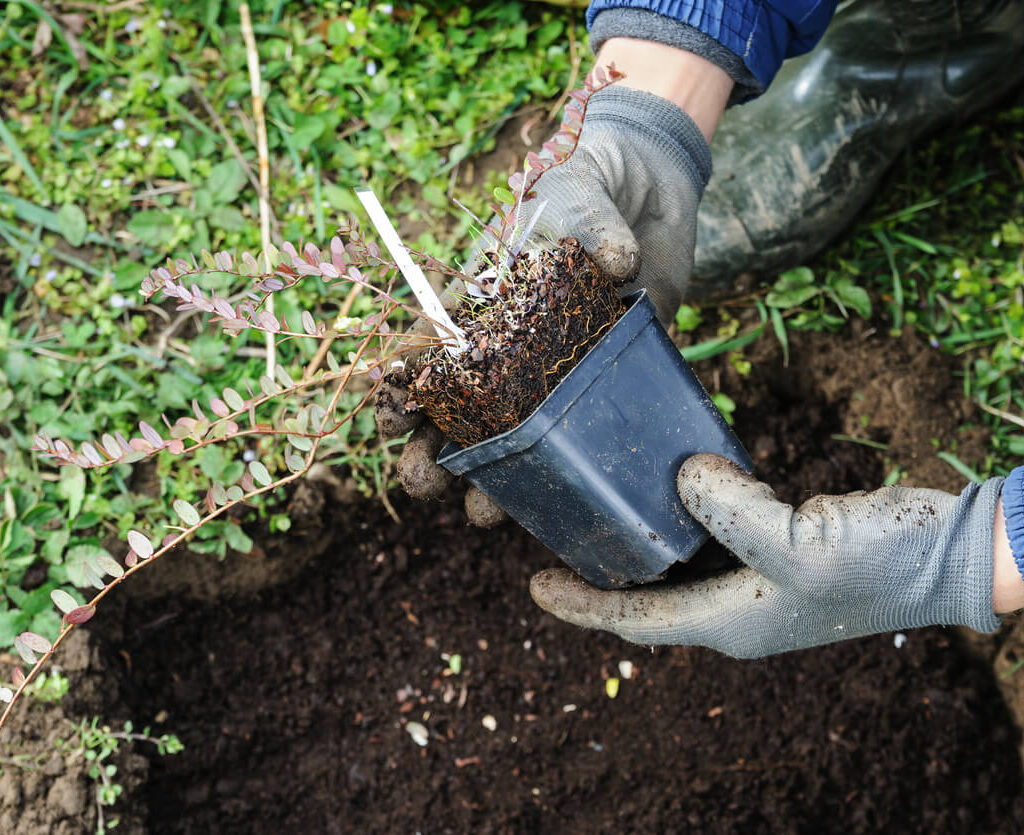
Why Grow Cranberries?
Cranberries aren’t just for Thanksgiving sauce — they’re loaded with health benefits and can be a charming addition to your edible garden. Here’s why they’re worth growing:
- High in antioxidants and vitamin C
- Excellent for urinary tract health
- Attractive ground-covering plant with glossy green leaves and pink spring flowers
- Can be grown in containers or small garden spaces
- Hardy and low-maintenance once established
Plus, the satisfaction of harvesting your own cranberries in fall is hard to beat.
Understanding the Cranberry Plant
Cranberries (Vaccinium macrocarpon) are evergreen, trailing perennials native to North America. They grow naturally in cool, acidic bogs and marshes. Instead of growing on bushes like blueberries, cranberries spread via runners and produce upright stems called uprights, where flowers and berries form.
Key Characteristics:
- Hardy in USDA zones 3-7
- Prefer cool temperatures and acidic, sandy soil
- Produce fruit in late summer to fall
- Attractive year-round foliage and flowers
Ideal Growing Conditions for Cranberries
To successfully grow cranberries at home, you’ll need to mimic their natural environment as closely as possible.
Sunlight
- Require full sun for at least 6-8 hours daily
- Can tolerate light afternoon shade in very hot climates
Soil
- Acidic soil (pH 4.0-5.5) is essential
- Must be well-draining but moisture-retentive
- Sandy or peat-based soils work best
- Avoid heavy clay soils
Tip: You can easily amend garden beds or containers with a mix of peat moss, sand, and acidic compost.
Water
- Cranberries love consistent moisture, especially during flowering and fruit development
- Soil should remain consistently damp but not waterlogged
- Good drainage is crucial to prevent root rot
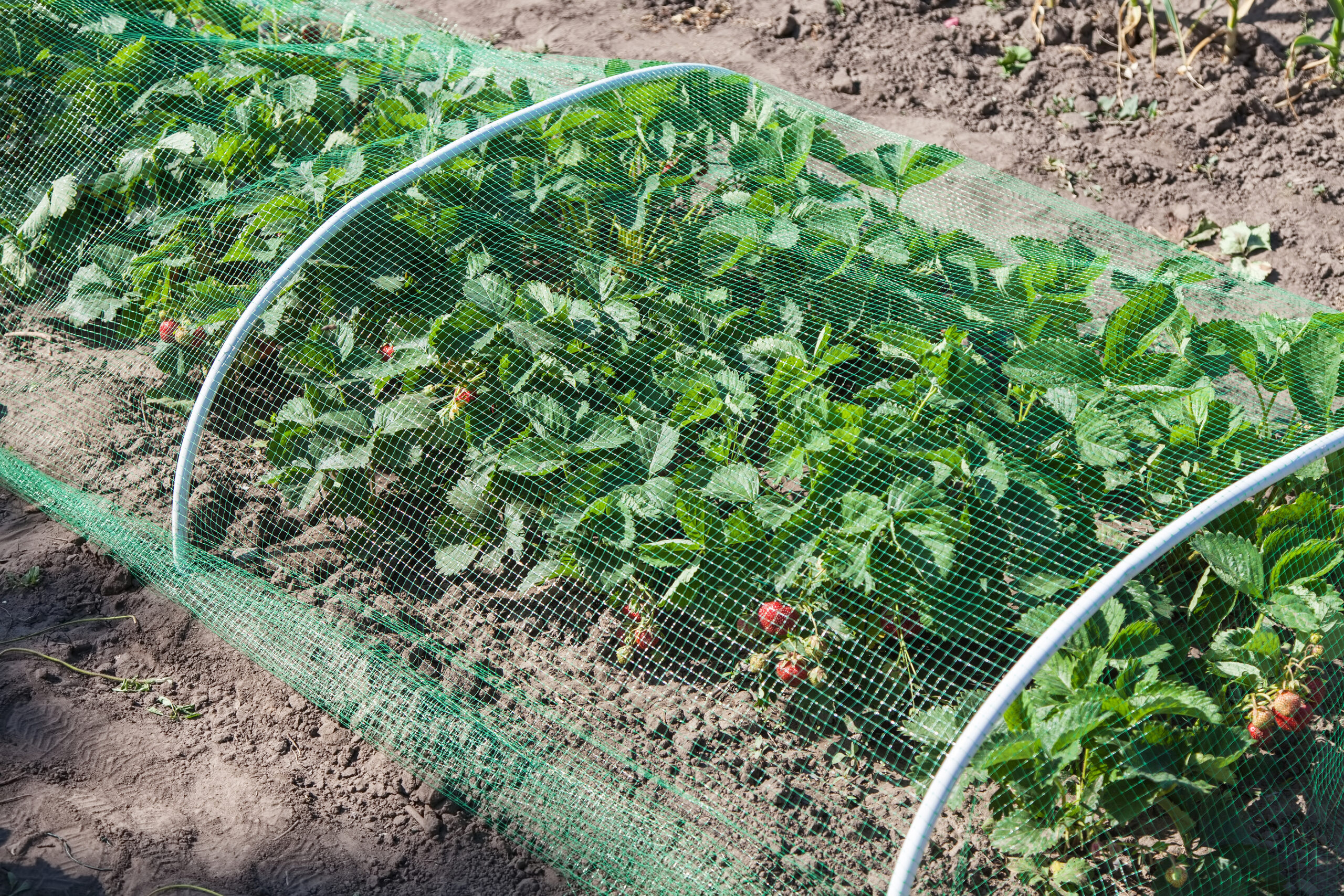
Best Cranberry Varieties for Home Gardens
While commercial growers typically plant large fields, several varieties are well-suited for small home gardens and containers:
- Ben Lear: Early-ripening, high-yielding variety with bright red berries
- Stevens: Popular commercial variety known for large, flavorful berries
- Pilgrim: Vigorous, productive, and reliable for home growers
- Early Black: Small, dark berries with rich flavor
When buying plants, look for one- or two-year-old rooted cuttings from reputable nurseries.
How to Plant Cranberries at Home
When to Plant
- Best planted in early spring after the last frost
- Container-grown plants can be planted later in the season if watered consistently
Spacing
- Space plants about 1-2 feet apart
- Over time, they’ll send out runners to fill in the space and create a dense mat
Planting Steps
For Garden Beds:
- Prepare a 6-8 inch deep bed, lined with landscape fabric if needed to retain acidic soil.
- Fill with a 50/50 mix of peat moss and sand.
- Plant cranberries so their root crown is just at soil level.
- Water thoroughly and apply a 2-inch layer of mulch (pine needles or peat moss) to retain moisture.
For Containers:
- Use a large, shallow container at least 12-18 inches wide and 8-10 inches deep.
- Fill with acidic potting mix (peat-based) mixed with sand.
- Plant at the same soil level as in the nursery pot.
- Water well and mulch.
Caring for Cranberries
Cranberries are fairly easy-care once established, but they do have a few specific needs.
Watering
- Keep soil consistently moist, especially during flowering and berry development
- Avoid letting the soil dry out, but ensure it drains well to prevent standing water
Fertilizing
- Apply a slow-release, acid-loving fertilizer in early spring
- Avoid high-nitrogen fertilizers as they encourage leaf growth over fruit production
- A second light feeding can be applied after flowering
Organic Tip: A top-dressing of pine needles or peat moss every spring helps maintain soil acidity.
Pruning
- Minimal pruning needed in the first few years
- Once established, prune in early spring to thin dense growth and encourage new runners and upright stems
- Remove any dead or diseased stems as needed
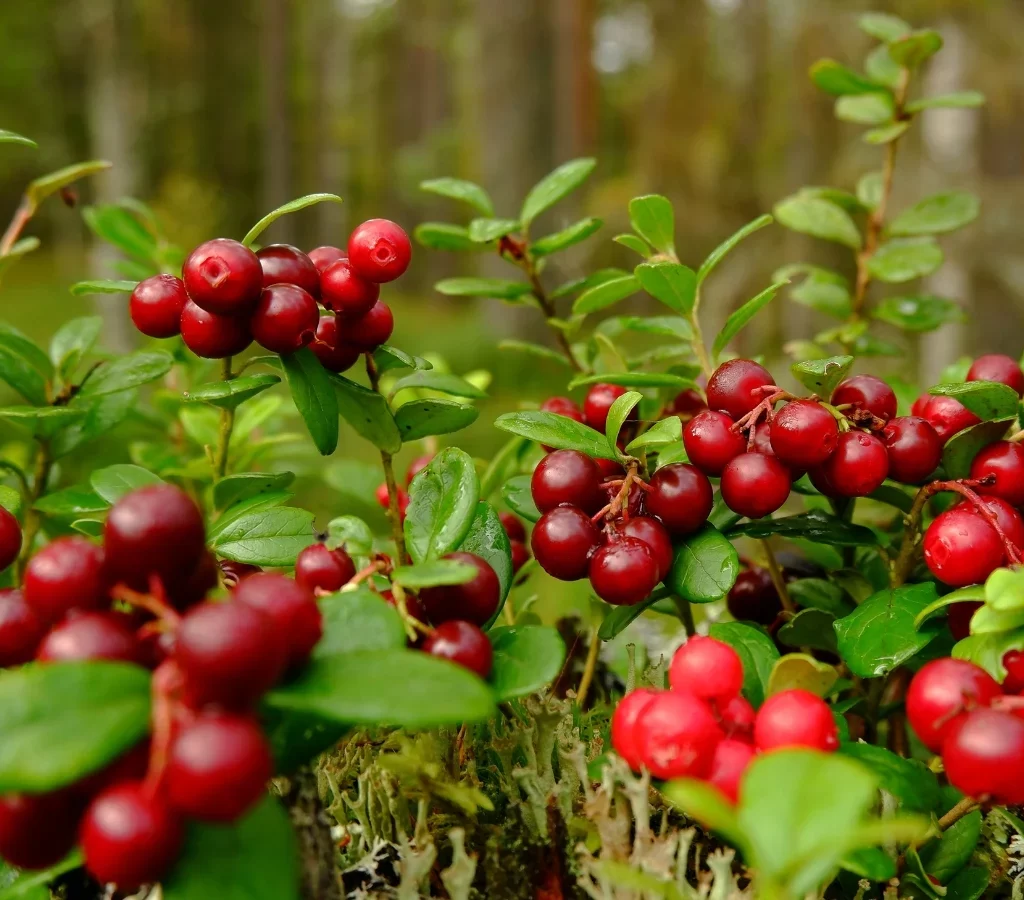
Managing Pests and Diseases
Cranberries are relatively hardy but can encounter a few common problems:
Pests
- Cranberry fruitworm: Can damage berries. Use floating row covers and remove infested fruit.
- Aphids: Treat with insecticidal soap or a strong water spray.
- Caterpillars: Handpick or use organic Bt spray if needed.
Diseases
- Root rot: Caused by poor drainage. Improve soil or container drainage.
- Leaf spot: Fungal disease managed by pruning for better airflow and removing infected leaves.
How to Harvest Cranberries
Cranberries typically ripen in late September through November, depending on your climate and variety.
When to Harvest
- Berries turn a deep red and become firm to the touch
- Fully ripe cranberries bounce when dropped (a classic grower’s trick!)
How to Harvest
- Pick berries by hand or shake uprights to loosen them
- Gather any fallen berries from the ground or mulch
Storage Tip: Fresh cranberries keep in the refrigerator for 2-4 weeks and can be frozen for year-round use.
Can You Grow Cranberries Without a Bog?
Yes — contrary to popular belief, cranberries don’t require a flooded bog to grow. The bogs you see on TV are for harvesting purposes only. At home, you can grow cranberries in:
- Raised beds
- Acidic garden plots
- Containers and window boxes
- Hanging baskets (small trailing varieties)
As long as you provide acidic, well-draining, moisture-retentive soil and consistent moisture, your cranberries will thrive.
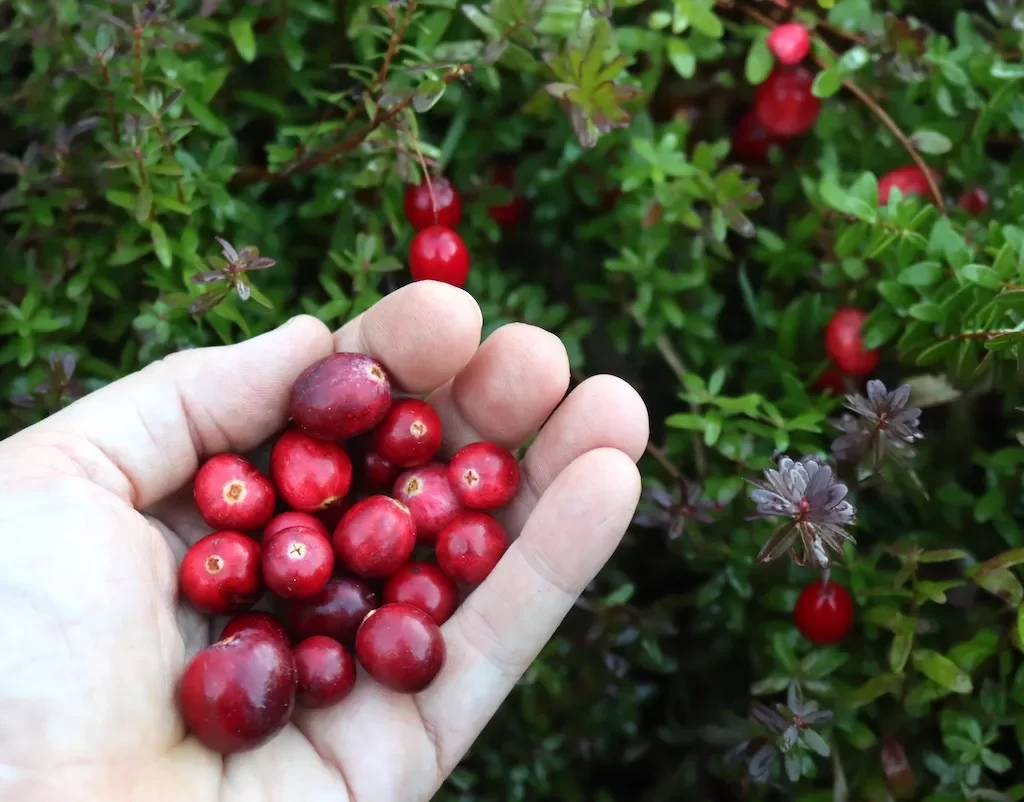
Health Benefits of Homegrown Cranberries
Cranberries are known for their rich nutritional profile and medicinal benefits:
- High in antioxidants like proanthocyanidins
- Support urinary tract and heart health
- Contain vitamin C, E, and fiber
- May help reduce the risk of certain cancers and chronic diseases
- Low in calories and naturally tart, making them perfect for sauces, baking, and smoothies
Final Thoughts: Add a Unique Berry to Your Home Garden
Growing cranberries at home is a surprisingly doable and rewarding project — whether you have a small patio or a dedicated berry patch. With their evergreen foliage, charming flowers, and antioxidant-rich berries, cranberries make a beautiful and functional addition to your edible landscape.
While they do require a bit of attention to soil acidity and moisture, cranberries are otherwise low-maintenance, pest-resistant, and a fun crop to grow. And there’s nothing quite like adding homegrown cranberries to your holiday table or morning smoothies.

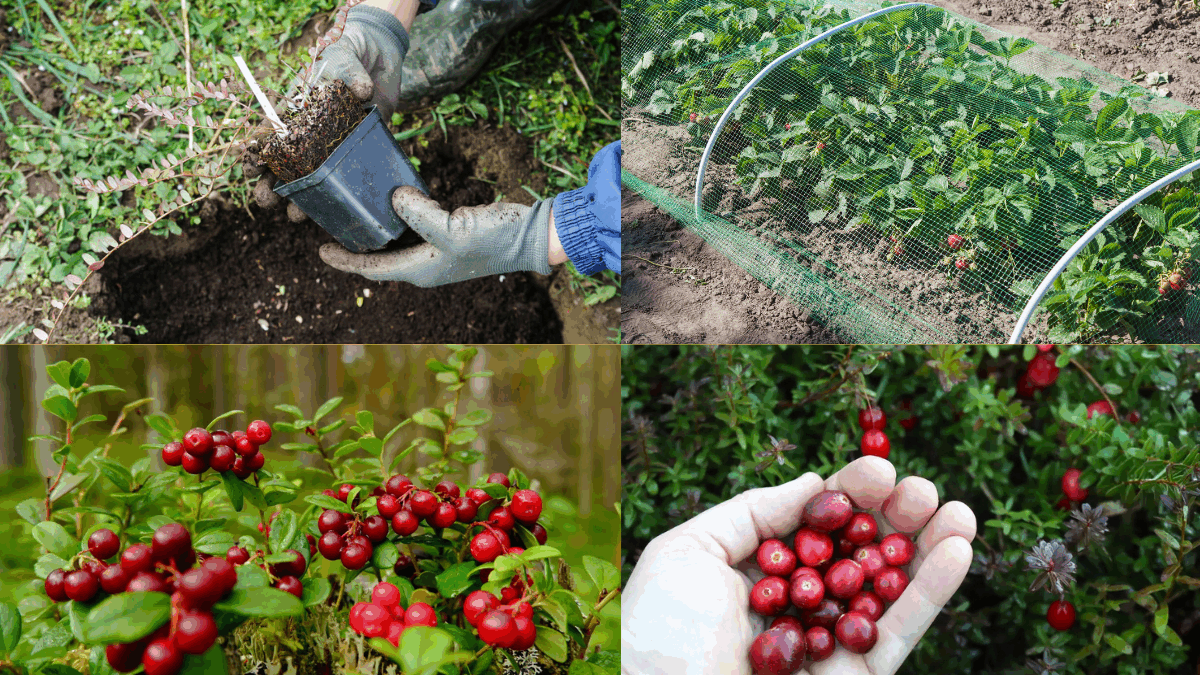
Leave A Comment